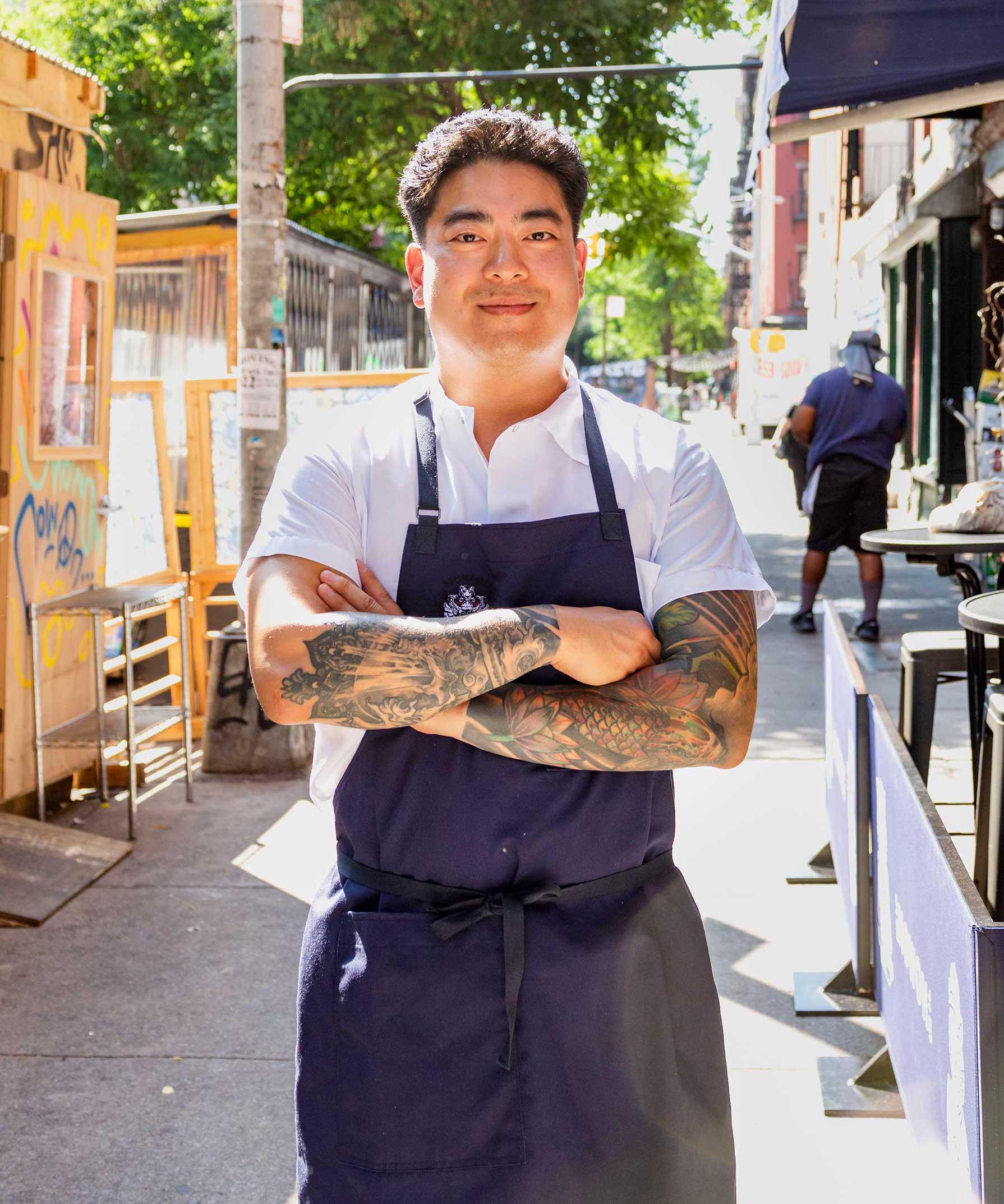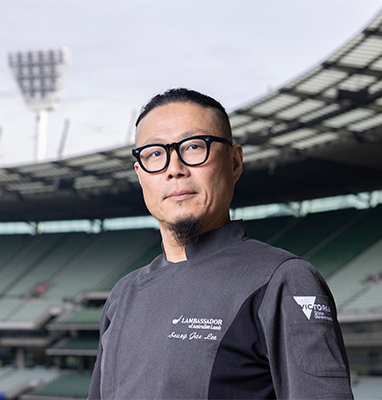To get a ridgy-didge take on Korean cuisine, we chatted up two of our chef mates -- both great blokes who know what they’re talking about! Chef Jae Lee of Nowon in NYC, and Lambassador John Lee of MTY Group in Canada, the Innovation and Training Chef for their Korean brands Koryo and Kimchi, plus Japanese and Chinese brands. These interviews made us hungry - you’ve been warned!
ABL: What do you think people are attracted to about Korean cuisine? What is making it so popular?

Jae: It’s the blend of 2 things — fresh ingredients + fermentation. There’s a lot of fresh produce in Korean food, and a lot of fermented ingredients, too. Not that long ago kimchi was seen as weird and stinky! Now that Americans have acquired a taste for fermented foods and want a little of that funk, they’re finding it in Korean. The health benefits are part of the appeal, too.

John: 100% - I’d add that there’s a deeply social aspect to Korean cuisine that guests are attracted to. The pleasure of the shared table and even cooking at the table is a big part of our success with the Canadian diner.
ABL: What are the dishes that get people hooked on Korean food? Any standouts from your concepts’ menus?
John: The endless variety of Korean food is a key to its success – we can do spicy, or mild, vegetarian or carnivore, soups, fried chicken, grilled meats…it’s all humble and approachable. At our QSR brands, I’m leaning into soups in the cold weather months, and saam or lettuce wraps with BBQ’d meat in the summer.
Jae: Korean BBQ is a great gateway, grilled meat done tableside — it’s like a party, the sharing, the customization. Who can say no? A standout on my menu at Nowon is the “Chopped Cheese” – it’s a take on a classic from the NYC corner deli, but with very Korean ingredients and technique. (a great video of that here!)
ABL: What makes Aussie meats (lamb and beef) a great pairing with Korean flavors?
Jae: Aussie Beef is so clean, especially the grassfed. It’s flavorful, high quality and tastes like beef is supposed to. Add a fermented marinade to that and it’s going to work every time.
John: The pairing is quote authentic! Koreans use a lot of Australian beef and lamb. For centuries, beef was a luxury in Korean cooking, but now it’s much more accessible, thanks in large part to imports from Australia.
What’s a favorite Korean dish that you love to make with Aussie beef or lamb?
Jae: Korean Braised short rib would be one, or a short rib soup, Galbitang. It’s daikon, scallion, garlic, and a broth infused with dried anchovy, kelp and “soup soy sauce” (guk-ganjang), sometimes with noodles added at the end. Super savory and satisfying.
John: My grandmother's Bulgogi recipe with Aussie beef is a standout. It uses soy, apple pear, honey, garlic, grated onion and scallions and sesame oil. For this recipe, ribeye, ribs, brisket are ideal cuts. But my favourite is Ribeye!
For Aussie Lamb, I use a Gochujang and rice wine vinegar glaze with mirin and white pepper glaze for rack of lamb or shoulder. Over coals at the right temperature, the flavours blend together perfectly and the fats render into a lovely sauce when rested. Since Korean BBQ has its roots in Mongolian BBQ culture, using lamb is just taking it back to those shepherding roots.
Fun fact: Banchans, the assortment of pickled vegetables, kimchi and accompaniments you find at every Korean table, became a requirement thanks to an emperor. He demanded that a vegetable from every region be served at every meal, as a way of measuring the health of his widespread empire. If your produce isn’t doing well, you’re probably not doing well! That’s why it’s such a diverse mix of ingredients and styles.
#aussome stuff chefs! We’re off to find some bulgogi!

